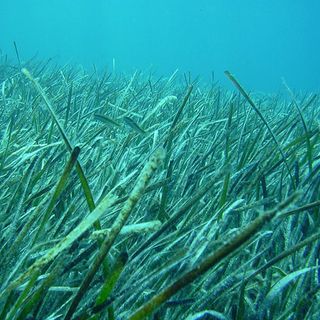On May 27, the village of Baghjan in Assam suffered a blowout — an uncontrolled oil and gas spill that occurred due to failing pressure systems in an oil well run by state-owned Oil India Limited (OIL). After two weeks of the gas leaking “uncontrollably,” it finally caught fire on Tuesday, endangering the lives and livelihoods of people living nearby.
A team of 200 engineers, who came from Singapore, are trying to stem the leak, according to a statement by OIL, and should be finished within four weeks. People residing near the oil field have fled their homes, a few of which have reportedly caught fire. “The situation is very bad. It is spreading. I knew it was going to happen,” environmentalist Niranta Gohain told The Outlook. It has “erased a humbly balanced rural economy.”
Since the initial leak, more than 2,500 people have been evacuated from the neighboring areas and moved to relief camps, even as law enforcement has been summoned by OIL to control what they’re calling “violent protests” by remaining residents surrounding the oil field.
Related on The Swaddle:
Russia Declares State of Emergency as Melting Permafrost Causes Massive Arctic Circle Oil Spill
While OIL is working to resume operations in and around the oil field by containing the leak, its statement says the company has sought an Environmental Impact Assessment from the Assam Agricultural University to determine long-term impacts on crops. Before the fire, for example, OIL had bombarded the leak with an umbrella of water to prevent an explosion. The water eventually caused the mist rising out of the spewing gas to condensate, which ultimately led to toxic flooding of nearby homes and fields, causing damage to crops and destroying the soil, Down to Earth reported.
The latest incident has intensified locals’ agitation against OIL, which has previously included campaigns to stop the company’s extraction of underground oil resources in an attempt to protect endangered species residing in the nearby wetlands, and the Dibru Saikhowa National Park, from the resulting pollution.
Aside from pollution concerns from the hydrocarbon industry in their area, environmentalists are also concerned about the long-term effects of the oil spill and gas leak. For the longest time, scientists believed oil spills do the worst of their damage in the first few weeks, which disappeared along with the oil as soon as the spill was cleaned up. Now, however, we know the oil can linger in the environment, hidden out of sight, leading to hydrocarbon poisoning of wildlife through the soil, for as long as a century. Prolonged exposure to toxic constituents of natural gas, research shows, can also lead to long-term cardiovascular, respiratory, and neurological effects in humans.
“Our focus is on providing relief to the people affected by the accident at the time of Covid-19 while trying to bring the operations back to normal,” OIL chairman Sushil Chandra Mishra told reporters at the time of the leak. But merely fixing this issue is not enough. As local environmentalists are now asking: why did OIL get permissions to set up oil rigs so close to biodiversity hotspots and residences in the first place?




